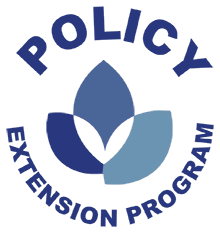The Comprehensive Everglades Restoration Plan (CERP) is a framework and guide to restore, protect, and preserve the water resources of central and southern Florida, as well as for flood protection. Currently, the CERP is described as the world’s largest ecosystem restoration effort and covers 16 counties over an 18,000-‐square-‐mile area with the purpose of restoring the south Florida ecosystem, including the Everglades. The goal of the CERP is to capture fresh water that now flows unused to the ocean and the gulf and redirect it to areas that need it most. Based on the CERP, the majority of the water will be devoted to environmental restoration, reviving a dying ecosystem. The remaining water will benefit cities and farmers by enhancing water supplies for south Florida.
Some things to know about the CERP:
In south Florida, more than 23,000 people are involved in agriculture and would be affected by the CERP. Since the state and federal governments support the CERP, studies have been conducted to provide knowledge and technology for producers and agricultural business owners in order to both improve water management on agricultural areas and maintain environmental quality in south Florida. Farming practices, particularly fertilizer application, should be carefully applied by using Best Management Practices to minimize the impact of potential nonpoint pollution.
The CERP also includes components focused on managing water quantity. One of the goals of the CERP is to enhance economic value by providing sufficient fresh water for agricultural use and reducing flood damage to agriculture. The surrounding water resources of the agricultural areas are used for water storage and flood control in order to ensure agricultural economic growth.

